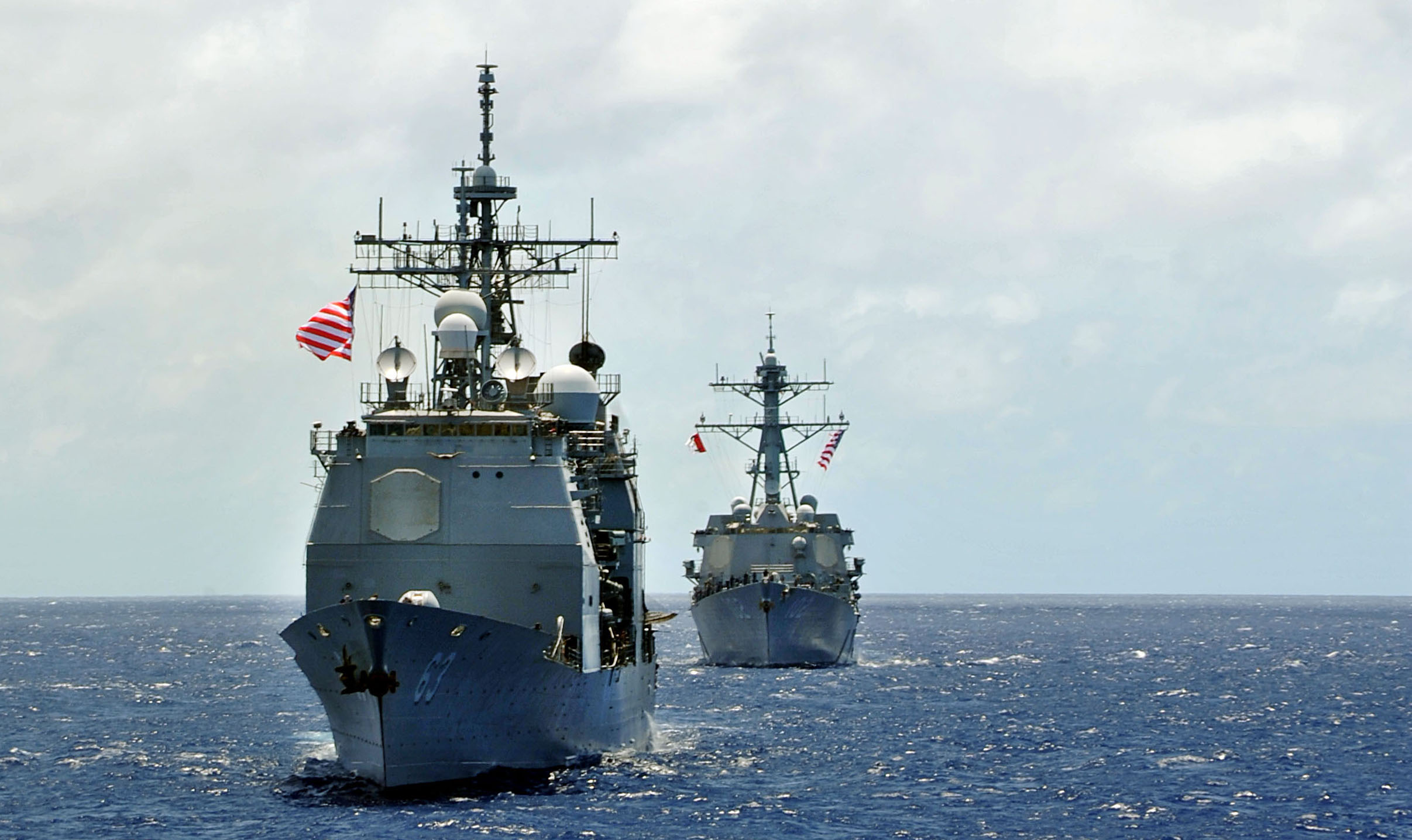
What Can the U.S. Do in the South China Sea?
Last month, the Chinese government decided to upgrade the status of a tiny city on a disputed island in the South China Sea and install a military garrison, sparking a controversy involving several Southeast Asian nations as well as the United States. Known as Sansha, this city is part of the Paracel islands, which are alternately claimed by China, Vietnam and Taiwan. Home to only a few hundred people, at first glance Sansha offers no strategic value.
However, the move is the latest in a series of territorial disputes in the South China Sea, conflicts over which China is becoming increasingly aggressive. Other simmering disputes with several claimants include the Scarborough Shoal and the Spratly Islands.
The core of the conflict centers on where territorial boundaries are drawn. According to the UN Law of the Sea Treaty, nations can claim Exclusive Economic Zones (EEZs) extending 200 miles from their shores. Using this rubric, China’s claims are erroneous, but a Chinese official said last month that Law of the Sea is “not the legal basis to determine territorial sovereignty.” Instead, China is using a “nine-dashed line,” a map from the pre-Communist era that claims virtually all of the South China Sea.
Why does this matter? As the American Security Project notes in its latest fact sheet on the South China Sea, there are two main reasons for Chinese aggression: China is seeking regional hegemony, and it hopes to control territory that is rich in oil and gas.
China appears increasingly strident in its foreign policy, unilaterally moving to assert control in the South China Sea. This has coincided with a rapid buildup in military capabilities, in particular vast expenditures to strengthen its navy. About one-third of world trade passes through the South China Sea, and China is amplifying its naval presence to protect its interests.
Also, the South China Sea purportedly holds huge reserves of oil and gas. While there is high uncertainty over the magnitude of reserves – some Chinese estimates range from 105 to 213 billion barrels of oil along with 900 trillion cubic feet of natural gas – all nations involved believe there is a big economic prize under the seabed. Controlling the Spratly Islands is critical to controlling these energy resources.
The danger is that these territorial disputes erupt into military conflict. With several Southeast Asian nations being key American allies, the U.S. has a crucial role to play. There are several actions the U.S. should take to ensure these disputes are resolved diplomatically.
First, the U.S. should support the multilateral institutions that were setup to ensure regional stability. At the most recent meeting of the Association of Southeast Asian Nations (ASEAN), the Philippines and Vietnam attempted to include language in a communique recognizing their claims to territories in the South China Sea, but it was blocked by Cambodia, a close ally of China. This represents the first time ASEAN failed to issue a communique in its 45 year history.
China has consistently tried to steer clear of multilateral approaches to dispute resolution because it believes dealing with weaker countries on an individual basis works in its favor. The United States should insist on international frameworks to resolve disputes. Secretary of State Hillary Clinton deserves credit for declaring that all maritime disputes should be resolved multilaterally and according to international law. Ratification of the Law of the Sea Treaty by the U.S. Senate would further bolster efforts by U.S. allies to unite behind a legal framework against Chinese claims.
Second, the United States should strengthen its relationship with Southeast Asian nations. After a decade of focus on the Middle East, the Obama administration is seeking to “pivot” towards Asia. The Defense Department aims to shift naval resources from a 50/50 split between the Pacific and Atlantic Oceans to a 60/40 split by 2020. As a result, the governments of Vietnam and the Philippines are taking action to strengthen their navies and enhance naval cooperation with the United States, whom they see as a buffer against Chinese hegemony.
Finally, strengthening America’s economic relationship with Southeast Asia will bolster regional integration, promote economic growth and reduce the incentives for conflict. The Trans-Pacific Partnership (TPP), which seeks a regional free trade agreement, is one example of how to achieve those goals.
The U.S. has watched China’s ascent over the last decade with some trepidation, fearing that rising Chinese power would lead to greater conflict. The recent unilateral moves by China seem to lend credibility to that theory, as China appears to think that flexing its military might is the best route to security. By supporting its allies in the region, the U.S. can ensure that the recent flare up in the South China Sea does not descend into conflict.







[…] interests it is understandable why China would try so hard to gain dominance. The U.S. is becoming increasingly involved in the dispute. Looking forward, U.S. policymakers need to consider how far we are willing to go to […]